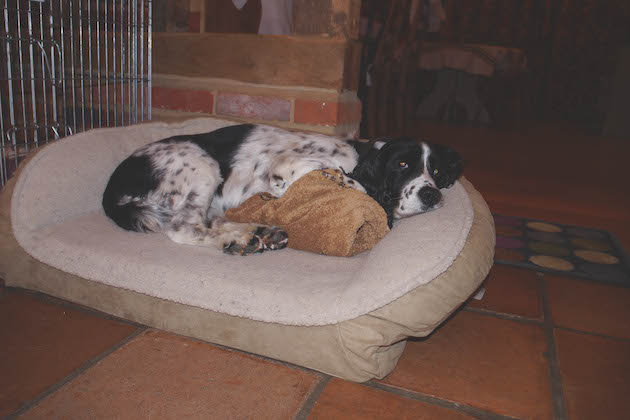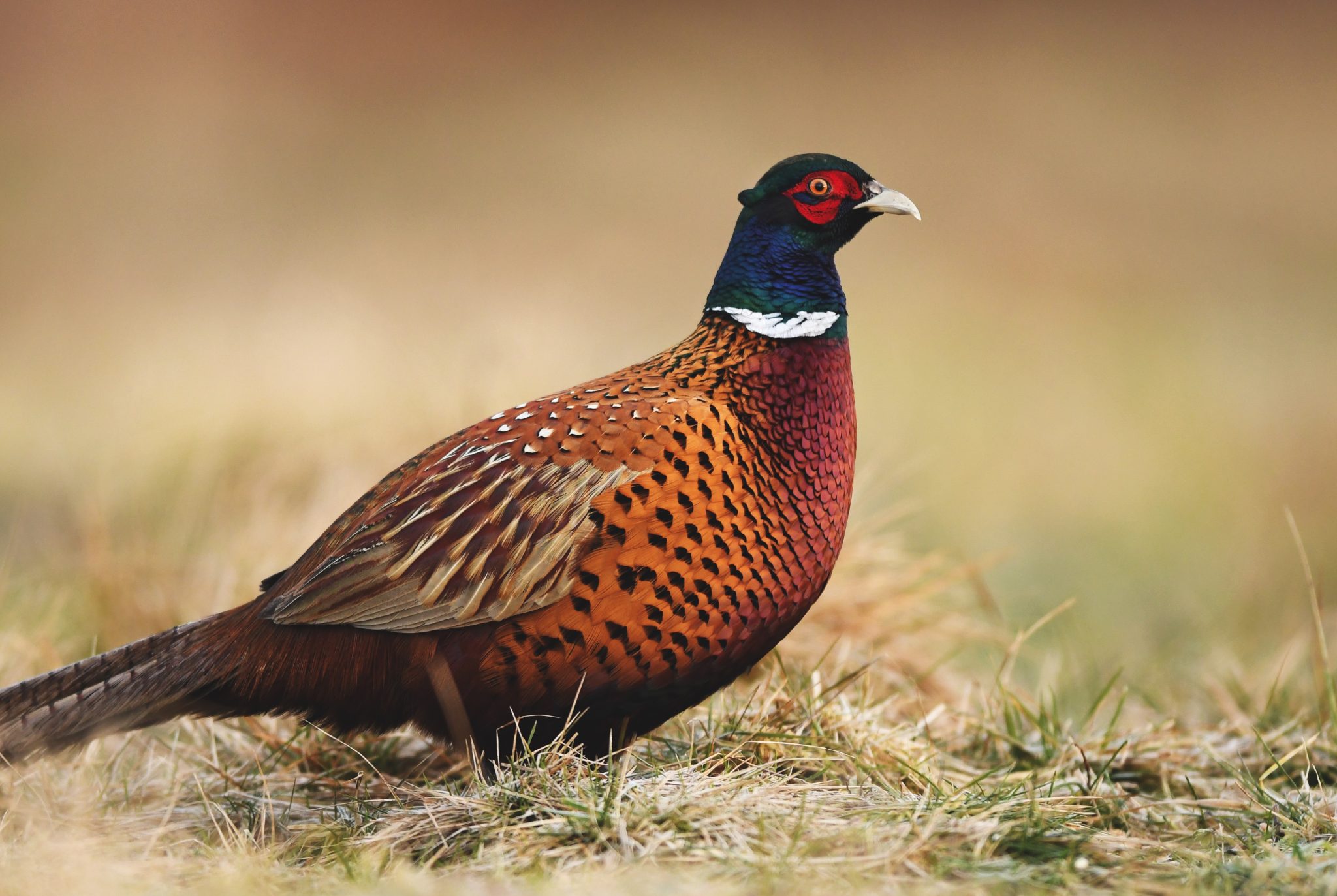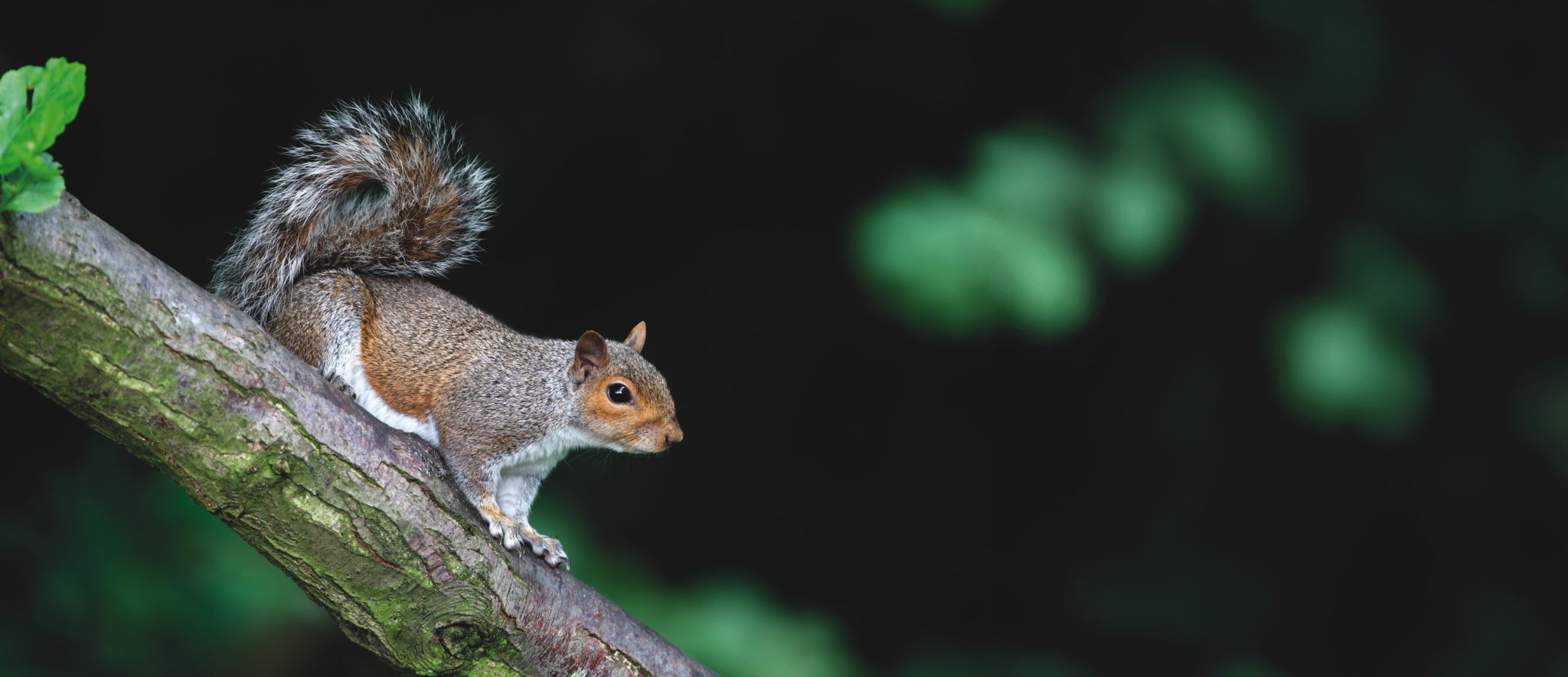Win CENS ProFlex DX5 earplugs worth £1,149 – enter here
Just how much time does the average dog spend sleeping and why?
 Dogs spend 30% of their day watching whatâÂÂs going on
Dogs spend 30% of their day watching whatâÂÂs going on
Sleep dog times
Dogs spend as much as half of their day asleep, while for around 30% of the time they will be awake but merely keeping an eye on what’s going on. That leaves only 20% of the day when they are active.
As they get older, dogs tend to sleep more, presumably because they get tired more easily, while bigger breeds such as Labradors spend more time dozing than smaller breeds. I’ve always thought that it must be quite a shock to a gundog, used to spending much of the day snoozing, to go on a shoot where it is active for hours on end. However, dogs take this in their stride. I once worked out that on a rough shooting day, my spaniels must cover the best part of 40 miles – I reckoned I walked about 10. It was hardly surprising that they used to come home whacked out and so tired that they found it hard to get comfortable. I used to give them half a disprin each and reckoned it helped them to relax. I’ve never asked for a medical opinion on this, but it seemed to help.
When a dog settles down to sleep, it takes about 10 minutes to transition from the slow wave — when breathing slows, blood pressure drops and heart rate decreases — into what the medics call the rapid eye movement phase (REM). Their eyes roll under closed lids and their body might react to dreams, with soft repressed woofs and twitching paws. Some dogs seem to dream more than others, but what they dream about remains a mystery. Could it be rabbits or pheasants?
Dozing off
Dogs only spend about 10% of their snoozing time in REM, unlike humans who spend up to 25% of sleep in this phase. This is because a dog’s sleep pattern is much more irregular than ours, dozing frequently during the day, but instantly awake and alert if something should rouse them. In contrast, we typically spend the day awake, but rest at night and wake up much more slowly. Dogs frequently doze off during the day, probably because they’re bored or there’s nothing else to do. Typically, this sleep isn’t very restful, it’s simply filling time as the dog waits for something interesting to happen, which might be the gun being picked up or the dishwasher being filled. Dogs seem to have an uncanny knack of knowing whether it’s worth waking up for something or it’s best to simply pretend to be asleep. A snoozing dog’s nose will still be working and its ears twitching, so anything interesting or out of the ordinary will rouse it instantly.
Deep sleeping dogs
It’s when dogs are in REM sleep that they are at their most restful and getting a good, deep sleep. Their tail might wag, they might twitch their legs or utter muffled barks, but they are enjoying restorative sleep that’s good for their health. I’ve experimented with dogs in REM sleep by putting something that smells good, such as a piece of ham, in front of their nose. After a while their nose might twitch, but it doesn’t necessarily wake the dog up. Intriguingly, puppies and old dogs tend to move more in their sleep. A dog’s sleeping posture tells you a great deal about it. My dogs generally sleep on their sides, which, according to dog behaviourists, suggests they feel both safe and relaxed. This is a position that allows their legs to move during sleep, though my current dogs aren’t particularly twitchy. Emma, the sprocker, also likes to curl up in a tight ball, nose to tail. This is a position that protects vital organs, conserves heat and allows her to get up quickly. It’s a popular posture with wolves and jackals.
The funniest position, and one that always makes me laugh, is on the back with paws in the air. This posture is the opposite of the tight ball, for it lets the dog lose heat more easily. It’s remarkably popular with lions, too, especially when they are sprawled out in the shade of an acacia tree on a hot tropical day. This is the most relaxed of positions, for not only are the animal’s vital organs exposed, but it will take a moment longer to get to its feet if suddenly disturbed.
I’ve been unable to establish how long a dog can go without sleep, or at least a snooze. It’s clearly many hours. Whether dogs need their 12 hours of sleep a day is debatable and I doubt if the stray dogs I’ve encountered in countries such as India can afford to spend so much time asleep. They have to forage all the time simply to stay alive — something that our gundogs don’t have to do.
Related Articles
Get the latest news delivered direct to your door
Subscribe to Shooting Times & Country
Discover the ultimate companion for field sports enthusiasts with Shooting Times & Country Magazine, the UK’s leading weekly publication that has been at the forefront of shooting culture since 1882. Subscribers gain access to expert tips, comprehensive gear reviews, seasonal advice and a vibrant community of like-minded shooters.
Save on shop price when you subscribe with weekly issues featuring in-depth articles on gundog training, exclusive member offers and access to the digital back issue library. A Shooting Times & Country subscription is more than a magazine, don’t just read about the countryside; immerse yourself in its most authoritative and engaging publication.







